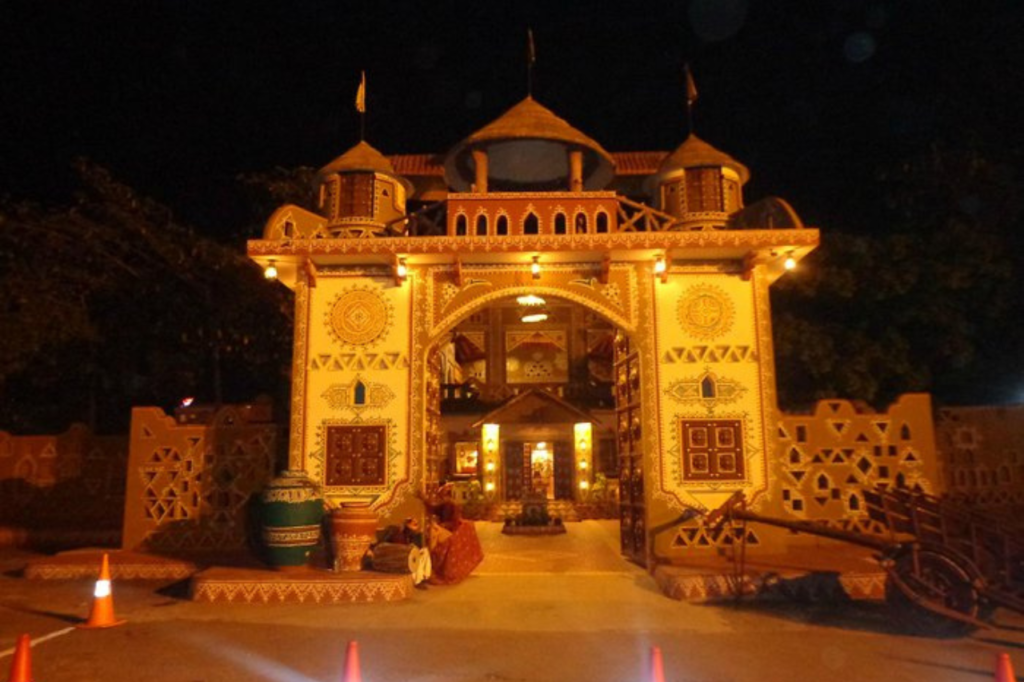Panchkula Pincodes
Enter the Pincode or Location Below in the Box
Pincodes of Panchkula
“Panchkula Pincodes” is your gateway to detailed area information. Uncover precise codes for seamless navigation through the city’s diverse neighborhoods on the “Pincodes of Location” website. Delve into administrative structures led by officers from Indian Administrative Service, Indian Police Service, and Indian Forest Service, managing general administration, law & order, and environmental conservation respectively. Additionally, each department—PWD, Health, Education, Agriculture, Animal Husbandry—has dedicated district officers overseeing sectoral development. Discover Panchkula’s vitality beyond its significant towns like with our comprehensive database of Panchkula’s pincodes.

Here is a list of Panchkula Pincodes
About Panchkula District
History
Demography
As per the 2011 Census of India, Panchkula is predominantly Hindu, with Sikh and Muslim communities as micro-minorities. Hindi prevails as the primary language, followed by Punjabi. The city housed 48,772 households with a total population of 211,355, comprising 111,731 males and 99,624 females in 2011, as indicated by conducted surveys.
Geography
Panchkula district experiences a subtropical continental monsoon climate with hot summers, cool winters, and monsoon downpours, showcasing temperature variations from −1 to 43 °C (30 to 109 °F). Frost occasionally graces December and January, while winter rains arrive via western disturbances. Monsoon largely supplies rainfall. Morni hills claim the district’s highest point, housing Haryana’s apex. . Sloping from northeast to southwest, rain-fed torrents disperse gravel and pebbles. Sirsa River in Kalka Tehsil flows northwestward. Light loam dominates the soils. Fresh underground water aids domestic and irrigation needs, higher in the south but lower in the hilly north and northeast due to Himalayan fault zones, historically causing moderate to high-intensity earthquakes.
